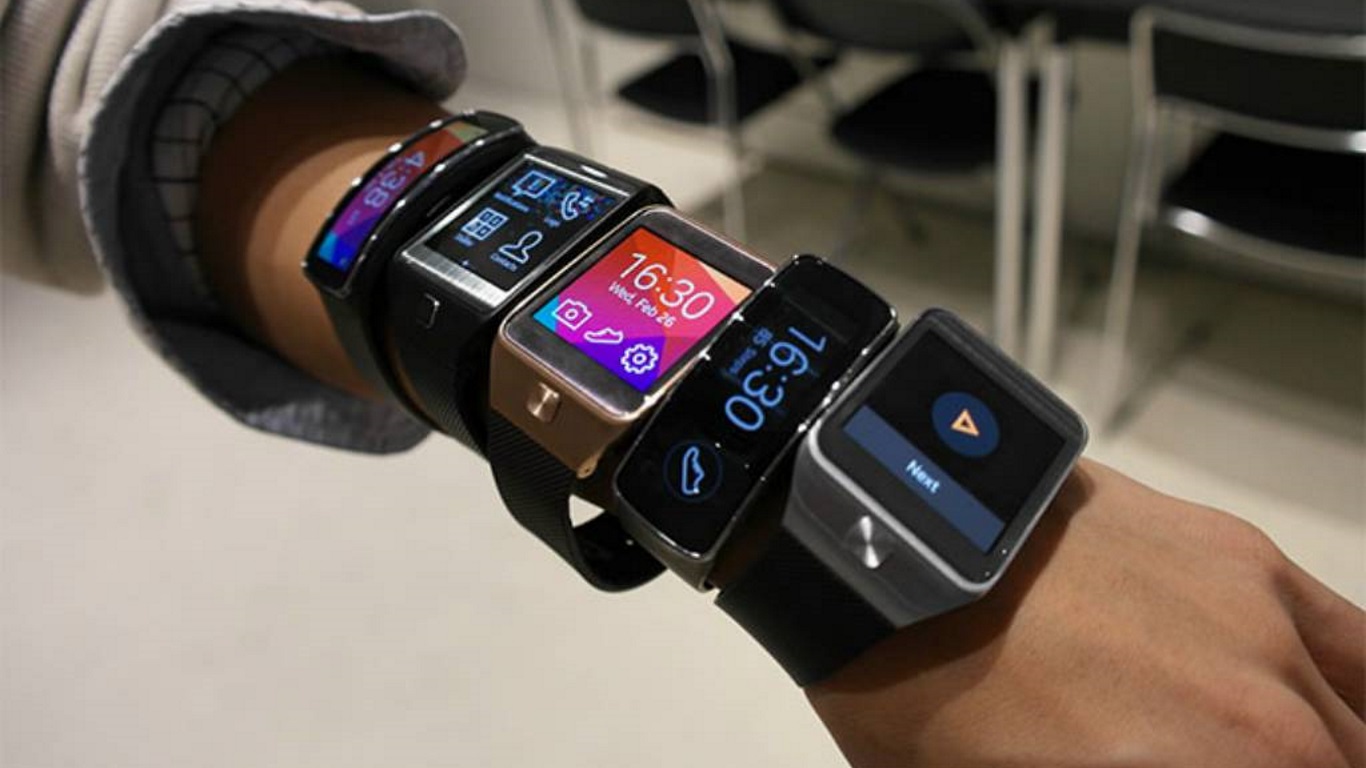 NEWS
NEWS
 NEWS
NEWS
 NEWS
NEWS
Wearables Everywhere And More Coming
Curious about your coworker’s weird new glasses, or the little black wristband that has become more popular than the little black dress? Welcome to the wearables at work movement.
Wearable devices have a variety of benefits, from elevating fitness to improving business processes to increasing camaraderie in social groups and at work. We can now access information through glasses with one glance, give a quick project update via smartwatch, and send heart rate information to the doctor with a touch of a button. The value of wearables is taking hold, with 61 percent of respondents in a recent survey noting an improvement in personal efficiency with wearable technology.
With benefits that can clearly extend to the enterprise, wearables are on a similar trajectory to that of smartphones and tablets just a few years ago, and companies will soon need to refocus efforts from BYOD to BYOx.
Smart glasses, fitness bands and smartwatches are the new must-have devices, and are predicted to sell 10 million units in 2014, generating $3 billion. 150 million wearable tech devices will ship by 2018, but beyond this booming growth, who are these wearable adopters and how are they using these gadgets?
While consumer apps lead the wearables market share with $2 billion, enterprise and industrial applications are expected to grow by 21 percent through 2018. BYOx is following nearly in lock step with BYOD’s footsteps. With similar benefits of BYOD (the promise of lower costs and increased employee productivity and satisfaction), BYOx will take the workplace by storm. For example, a study by the Institute of Management Studies at Goldsmiths, University of London, found that “devices like brain activity sensors and posture coaches boosted productivity by 8.5 percent and job satisfaction by 3.5 percent.”
.
Wearables in the Workplace…Today
While wearables in the workplace have yet to reach critical mass, they are gaining steam. Bosses are handing out smartwatches as bonuses, employees are comparing their Fitbit results, and individuals are monitoring heart rates with wearables to meet HR goals and rewards. Notably, BYOx is currently being used to improve the following:
History has proven that consumers love their new toys and are eager to open wallets—to a certain extent. The First Insight report found that the expected retail prices of upcoming wearables are 41 percent higher than what consumers are willing to pay. Value and price will determine a purchase, as evidenced by the First Insight report; there is unwillingness to pay proposed sales prices for new-to-the-world products, particularly at price points over $200, reflecting mainstream market versus early-adopter reactions. This is one reason why industry pundits propose that Google Glass hasn’t taken off with consumers, and now the company is re-focused on selling Glass to the enterprise. In certain cases – like the loyal devotees of Apple – consumers will make an exception and pay more for functionality when it’s paired with great design, but generally speaking, consumers demand either low prices or even free devices, accompanied by service plans.
There’s a big potential for BYOx in the enterprise, but in order to wearable manufacturers to target that as the next big audience for adoption, they need to take the consumer into consideration. Not only is it important new products meet consumer expectations in terms of value and usefulness, but setting the right price for a product is critical to the point that it can make or break that product’s success. Once manufacturers start thinking about their products and their role in the enterprises in this way, the BYOx party will officially begin.
.
About the Author
![]() Jim Shea is First Insight’s Chief Marketing Officer, where is is responsible for leading marketing communications, demand generation, product management and business development. Jim’s past roles as CMO in industries that span both technology and sciences make him uniquely qualified to promote how the science of big data based on gamification can have an impact on predicting the products that will resonate with consumers and fly off the shelves.
Jim Shea is First Insight’s Chief Marketing Officer, where is is responsible for leading marketing communications, demand generation, product management and business development. Jim’s past roles as CMO in industries that span both technology and sciences make him uniquely qualified to promote how the science of big data based on gamification can have an impact on predicting the products that will resonate with consumers and fly off the shelves.
Support our mission to keep content open and free by engaging with theCUBE community. Join theCUBE’s Alumni Trust Network, where technology leaders connect, share intelligence and create opportunities.
Founded by tech visionaries John Furrier and Dave Vellante, SiliconANGLE Media has built a dynamic ecosystem of industry-leading digital media brands that reach 15+ million elite tech professionals. Our new proprietary theCUBE AI Video Cloud is breaking ground in audience interaction, leveraging theCUBEai.com neural network to help technology companies make data-driven decisions and stay at the forefront of industry conversations.